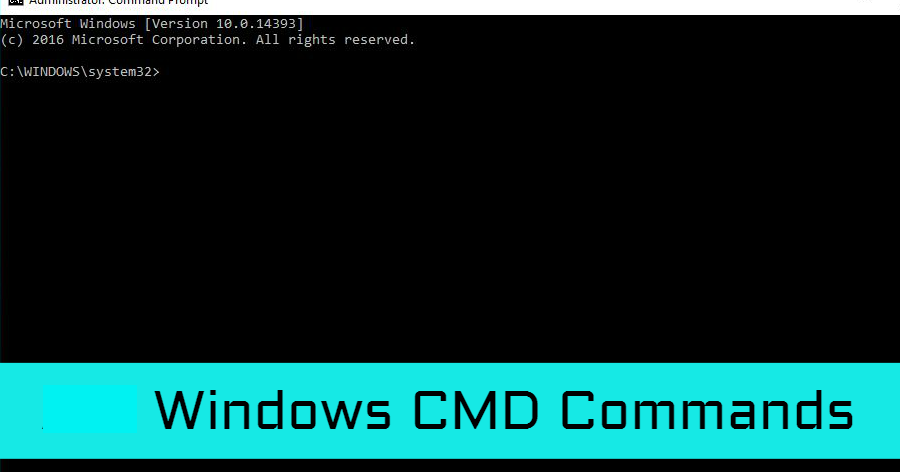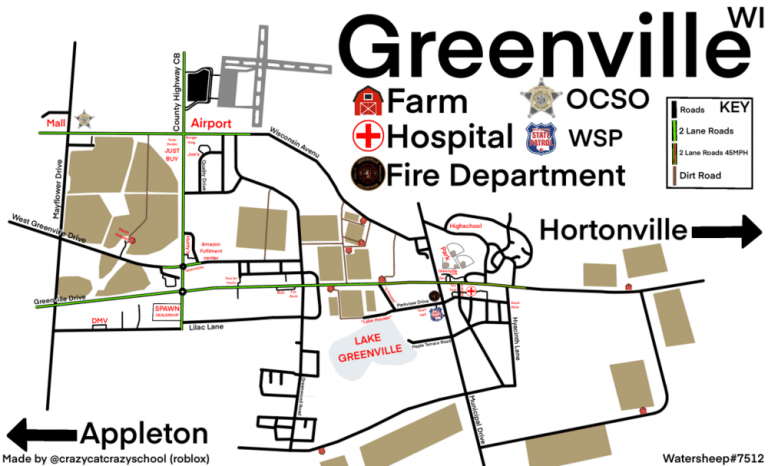

- #List mapped drives command line how to#
- #List mapped drives command line full#
- #List mapped drives command line professional#
- #List mapped drives command line windows#
It is a popular partition manager trusted by millions of users around the world.
#List mapped drives command line professional#
If you want to manage your hard disk or partitions more effectively, it’s highly recommended that you use a professional tool like MiniTool Partition Wizard. For example, you can’t format a drive larger than 32GB to FAT32 using CMD.
#List mapped drives command line windows#
Better Choice Than PowerShell/CMD List DrivesĪlthough both of the two Windows tools can help you list drives, you may encounter some limitations to further managing drives/disks with them.
#List mapped drives command line how to#
How to let PowerShell/CMD list drive letters? Now, I believe that you already have known the answer. Windows 10 Open File Explorer from the taskbar, the Start menu, or press Windows Key+E. In the Windows PowerShell window, type the following command and hit Enter. Open the Run dialog box, and then type powershell in it and hit Enter.
Here you can let PowerShell list drives as well. I found this command: Get-WmiObject Win32MappedLogicalDisk -computerPowerShell is a command-line tool like CMD. Then you will see a list of drives on the disk, including partition/volume number, label, letter, file system, size, and status. Type the following commands in order and hit Enter after each one. Open the Command Prompt window again as we explained above. Wmic logicaldisk get deviceid, volumename, descriptionĭiskPart is a disk partition management tool that uses command lines to perform operations. It can be used to list drives CMD as well. net use > mappeddrives.txt should dump a list of mapped drives to the text file mappeddrives.txt Although I tested this on Windows 7, Microsoft says net use will work on Windows XP Share Improve this answer Follow edited at 5:41 Gaff 18.4k 15 56 68 answered at 1:14 Sathyajith Bhat 61. Also, you can run the fsutil fsinfo drives command to list drives on your computer If you want to display the Device ID and volume name, type the following command and hit Enter. To let CMD list drives, type one of the following commands and hit Enter. Press Win + R keys to open the Run dialog box, and then type cmd in it and press Ctrl + Shift + Enter keys together to open the elevated Command Prompt window. If you want to list drives of your systems, you can use the WMIC (Windows Management Instrumentation for Management) or Diskpart command. You can input certain commands in the Command Prompt window to take corresponding actions.

After a network drive has been created, you can use. How to List Drives in CMDĬommand Prompt, also known as CMD, is the command-line interpreter in Windows operating system. You can use the Map Network Drive command of Windows Explorer or AB Commander to create the network drives. However, many people don’t know how to list drives in Command Prompt or PowerShell, like a user from the superuser forum: Is there a way to list the available drives from cmd.exe? (Other than manually typing c: d: …) and seeing which ones return errors. When formatting a drive or copying files from a drive to another drive, you may need to use the CMD or Windows PowerShell tool to list drives.
#List mapped drives command line full#
How to list drives in CMD/PowerShell? This post of MiniTool provides a full guide on PowerShell/CMD list drives and a professional tool to manage your drives. The package should be run only when a user is logged in.Sometimes you may to need list all drives on your systems.\NetworkDriveInvRegSetup.ps1Ģ) CAPTURE CURRENT USER’S NETWORK DRIVES AND WRITE THOSE ENTRIES TO THE ABOVE CREATED REGISTRY KEYS. %SYSTEMROOT%\System32\WindowsPowerShell\v1.0\PowerShell.exe -NonInteractive -WindowStyle Hidden -noprofile -ExecutionPolicy Bypass -file. SETUP THE SCCM PACKAGE/PROGRAM WITH COMMAND LINE:.SAVE POWERSHELL FILE AS: NetworkDriveInvRegSetup.ps1.POWERSHELL PACKAGE 1 (Prerequisite): if (!(Test-Path HKLM:\SOFTWARE\SCCMINVENTORY)) Exit Registry Editor, and then restart the computer. In the Edit DWORD Value dialog box, type 1 in the Value data field, and then select OK.

Double-click the EnableLinkedConnections registry entry. Name the new registry entry as EnableLinkedConnections. Keywords in this post : network drive inventory, List all user network drives, SCCM Mapped drives Right-click Configuration, select New, and then select DWORD (32-bit) Value.

SCCM HW inventory agent runs as the ‘SYSTEM’ and cannot see the end-users network drives and printers.


 0 kommentar(er)
0 kommentar(er)
